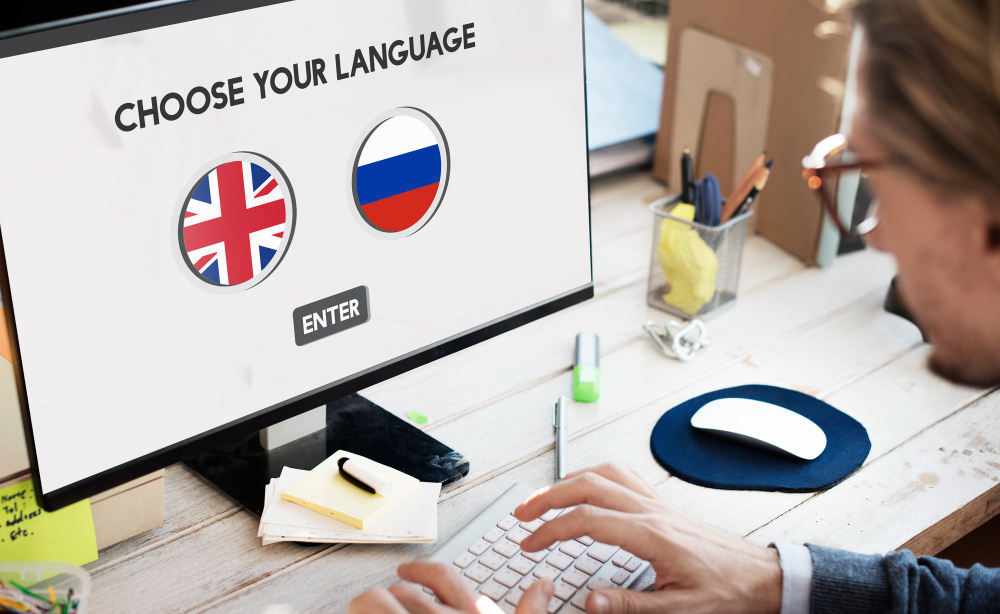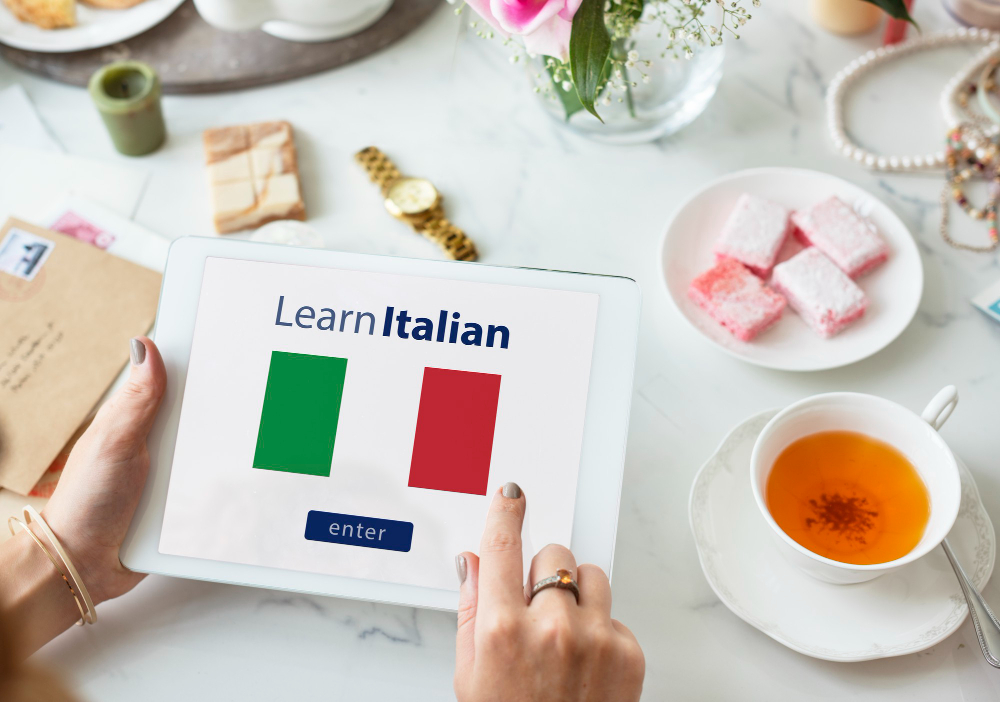Future Trends in German Translation: AI and Human Expertise
Sep 15, 2025, Nishi SinghTop Industries That Benefit from Thai Translation Services
Thailand’s economy is a dynamic force in Southeast Asia, with a growing middle class and increasing global integration. This economic vitality has opened up immense opportunities for international businesses. However, tapping into this market of nearly 70 million people requires a deep understanding of its unique language and culture. For companies looking to build a meaningful presence, high-quality Thai translation services are not just an advantage—they are a necessity.
While English is spoken in business circles, the vast majority of the population communicates exclusively in Thai. This makes effective communication a critical barrier to entry. For translation professionals, this presents a significant opportunity to provide value. Let's explore the top industries that benefit from professional Thai translation and why this specific market is a key area for growth.
1. Tourism and Hospitality: Crafting the Perfect Welcome
Thailand is a global tourism powerhouse, attracting millions of visitors annually. For this sector, communication is the bedrock of the customer experience. From the moment a traveler books a flight to the time they check out of their hotel, clear and culturally sensitive information is essential.
Sectors benefiting from Thai translation in this industry include hotels, airlines, tour operators, and restaurants. Translating websites, booking confirmations, menus, and marketing materials into Thai allows businesses to connect with local partners and a growing domestic tourist market. Conversely, translating from Thai to other languages helps international visitors navigate their travels safely and enjoyably. Professional Thai translation ensures that safety instructions, excursion details, and promotional content are not just understood, but are also welcoming and culturally appropriate.
2. Healthcare and Medical Technology: Precision and Trust
The healthcare sector is one of the most critical industries needing Thai translation. Precision in medical communication can be a matter of life and death. Thailand has a sophisticated healthcare system and is a hub for medical tourism, creating a twofold demand for expert language services.
For international patients seeking treatment, translating medical records, consent forms, treatment plans, and discharge instructions into their native language is crucial. Simultaneously, global pharmaceutical companies and medical device manufacturers looking to enter the Thai market must provide accurately translated product information, clinical trial data, and regulatory documents. Business translation Thai in this field requires subject-matter experts who understand complex medical terminology and the strict regulatory landscape.
3. E-commerce and Retail: Driving Sales Through Localization
Thailand has one of the fastest-growing e-commerce markets in Southeast Asia. Shoppers overwhelmingly prefer to browse and buy from websites that speak their language. Simply translating product titles is not enough; successful e-commerce localization involves adapting the entire user experience.
This includes translating product descriptions, user reviews, marketing campaigns, and customer support interfaces. Thai language services are vital for building trust and driving conversions. A professional translation partner can help brands capture the right tone, use local payment terminology, and create marketing copy that resonates with the cultural values and purchasing habits of Thai consumers. This attention to detail transforms a functional website into a compelling local shopping destination.
4. Legal Services: Navigating Complexity with Accuracy
The legal field demands absolute accuracy. A single mistranslated word in a contract, court document, or patent application can have severe financial and legal consequences. As more international companies do business in Thailand, the need for precise legal translation has surged.
Legal translation is one of the most demanding sectors benefiting from Thai translation. It requires linguists with a deep understanding of both the Thai and source legal systems. Services often include translating business contracts, partnership agreements, intellectual property documents, and evidence for litigation. For firms operating in or with Thailand, partnering with a provider of professional Thai translation ensures that all legal documentation is unambiguous, accurate, and legally sound.
5. Manufacturing and Automotive: Ensuring Quality and Safety
Thailand is a major manufacturing hub, particularly in the automotive and electronics industries. Global companies operating factories in the country rely on clear communication to maintain safety standards, ensure quality control, and train their local workforce.
Industries needing Thai translation in this space require a wide range of documents to be localized. This includes technical manuals, safety protocols, training materials, and internal communications. Accurate translation ensures that all employees, regardless of their native language, understand operational procedures and safety guidelines. This not only enhances productivity but also minimizes the risk of workplace accidents, making Thai translation services an integral part of operational success.
6. Finance and Banking: Building Financial Confidence
As Thailand's economy grows, so does its financial services sector. International banks, investment firms, and fintech companies looking to engage with Thai customers must communicate with clarity and build trust. Financial translation involves sensitive and complex information where mistakes can be costly.
Translating financial reports, investment prospectuses, banking apps, and market analyses into Thai is essential for customer acquisition and retention. The language must be precise, compliant with local regulations, and tailored to the financial literacy of the target audience. Expert business translation Thai helps financial institutions appear credible and committed to the local market.
The Future is a Blend of Technology and Human Expertise
The demand for high-quality translation is expanding across these key industries. While technology offers tools to increase speed, the complexity of the Thai language—with its unique script, tonal nature, and cultural nuances—means that human expertise remains irreplaceable. The best results come from a blend of advanced technology and skilled, professional linguists.
For businesses aiming to succeed in Thailand, investing in professional translation is not an expense but a strategic investment in growth, risk management, and brand reputation. Partnering with a language services provider that understands the specific demands of each industry is crucial for unlocking the full potential of this vibrant market.
As a trusted leader in translation services, myTranscriptionPlace combines industry-specific expertise with cutting-edge solutions to deliver accurate, culturally relevant, and impactful Thai translation services. We help businesses connect with the Thai market authentically and effectively.






